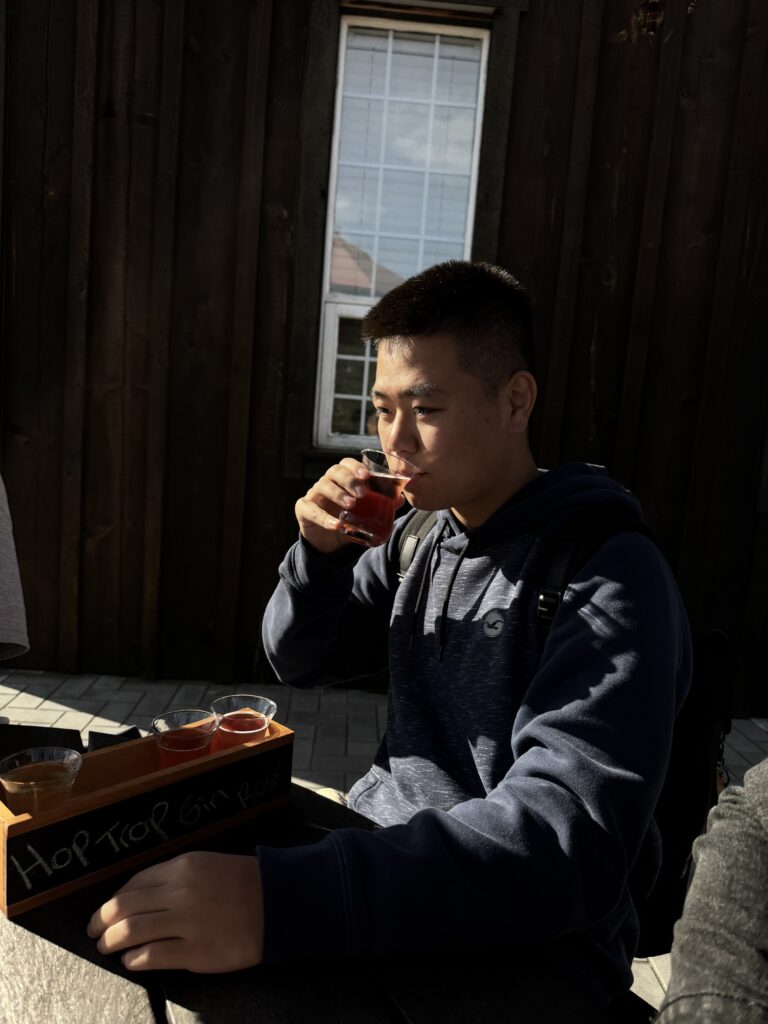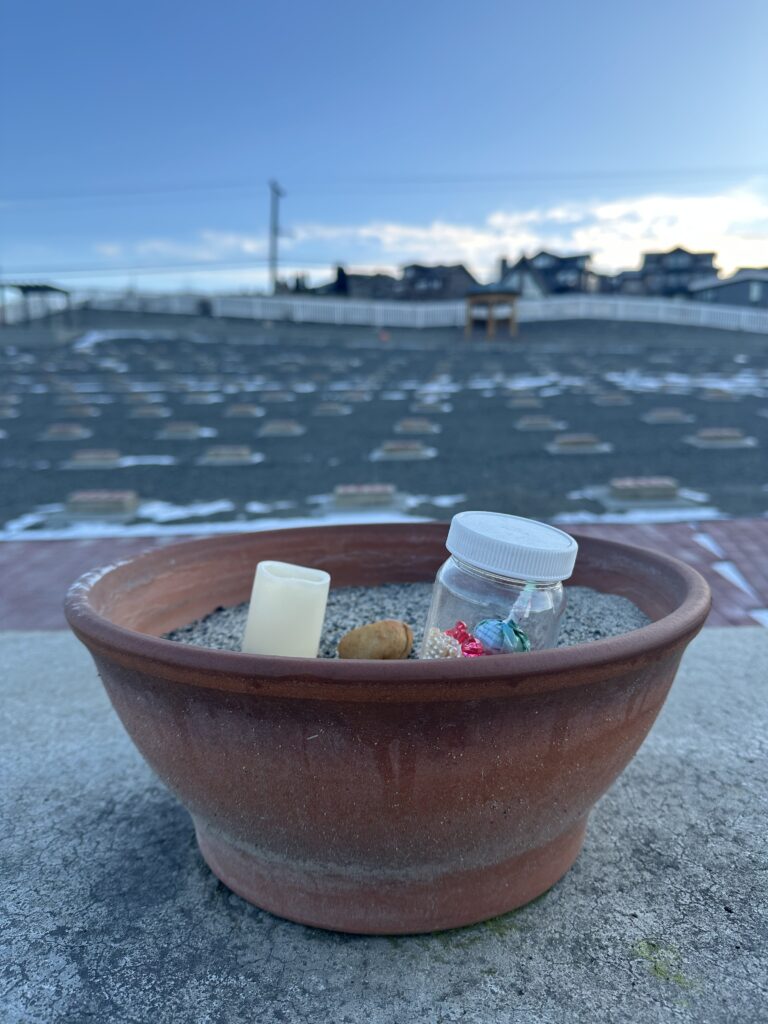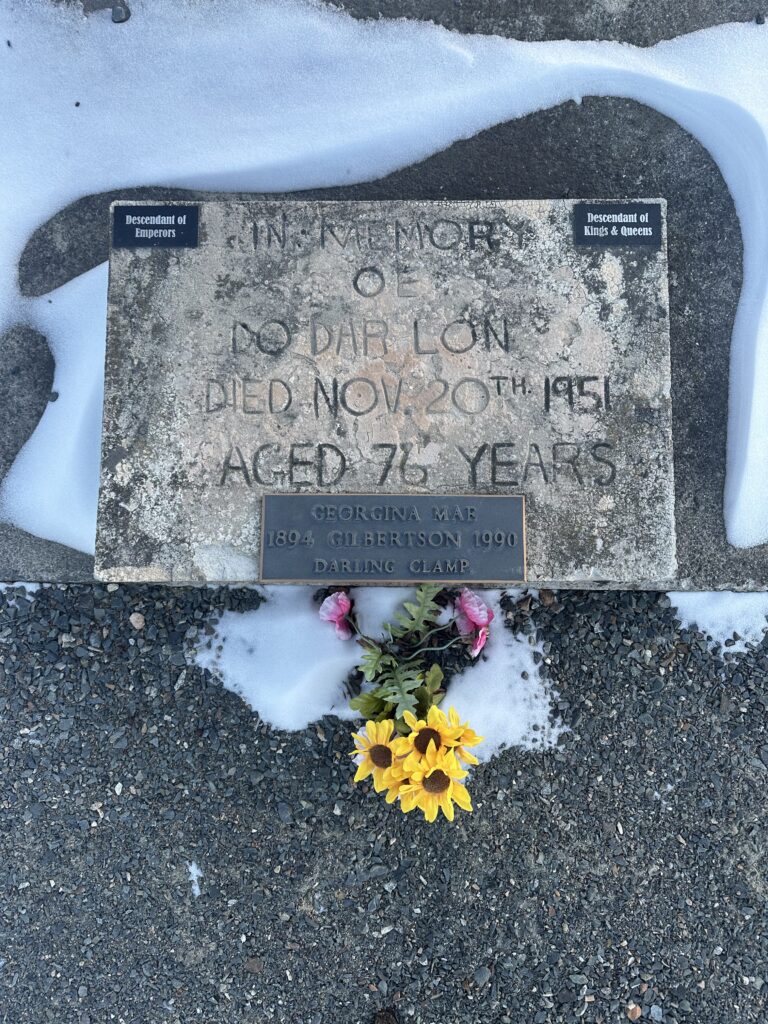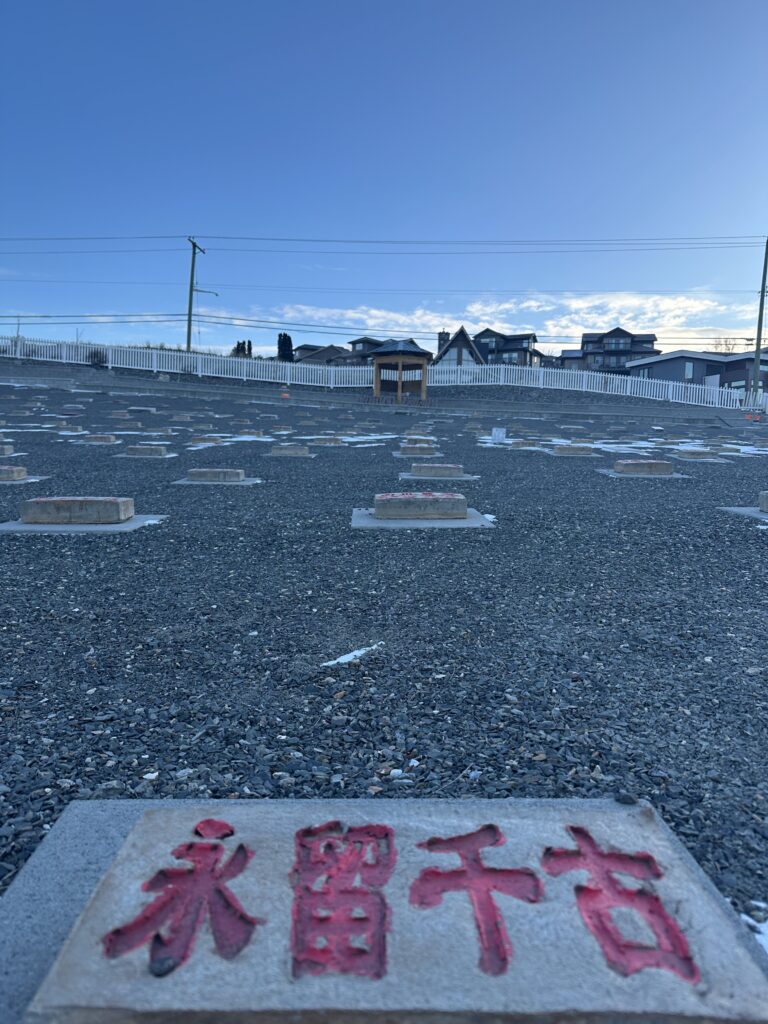A peaceful burial ground in Kamloops shelters the unrecorded histories of the first Chinese immigrants who settled there. The Chinese Cemetery stands as a physical representation of both death-related suffering and the traditional death customs of Chinese culture. During the late 1800s Canada received thousands of Chinese workers who performed railway and mining duties and operated local businesses. The Chinese people encountered both racial prejudice and excessive taxation and lost their basic rights during their time on earth. The main cemetery rejected Chinese immigrants from burial because of racial segregation laws. The city granted this land for burial purposes but placed it outside the town limits as a symbol of their social segregation that persisted after death. The Chinese community maintained profound respect for their deceased loved ones despite the discrimination they faced. The gravestones displayed Chinese characters which included names together with hometowns and wishes for peaceful afterlife rest. Traditional burial rituals were essential. Families performed rituals by presenting incense together with food and spirit money as offerings to their deceased loved ones. Through these practices the spirits received proper care in the afterlife while staying linked to the living world. The practice of burning joss paper known as spirit money’ served to provide ancestors with wealth and comfort during their existence in the afterlife. Chinese funeral customs base their fundamental belief on the continuous connection between earthly existence and what comes after death. Time has caused numerous graves to fade from memory while the cemetery endured years of abandonment. The stones in this cemetery carry stories about a community which contributed to Kamloops development yet lost their place in local historical records. The space requires our attention to understand how we should honor people who were previously barred from memory. What measures should we take to preserve their historical accounts from disappearing?
Author Archives: riyapatel
Preserving the Traditions: How Kamloops’ Chinese Cemetery Helps to Keep the Culture Alive.
Johnny is an international student from China, who is studying Computer Science at Thompson Rivers University and he shared his thoughts about the cemetery and Chinese burial traditions.
The Cemetery serves as a connection between the two cultures if the Chinese and the Canadians and thus conserves a story of hard work and devotion. He is not sure what is happening over there, but he is sure that they must be taking care of the Cemetery and perhaps arrange some ceremonies at the time of the Qing Ming Festival. Traditional funerals for Chinese people entail rituals like coffin preparation during which the dead body is dressed and got ready for burial, and funeral procession where the family and friends walk behind the hearse to say their goodbyes. Offerings are made of food and fake items such as money and objects which are believed to be used in the afterlife. According to Johnny, the trend is that youth are less interested in these customs, especially in urban settings.
Nevertheless, the Kamloops Chinese Cemetery preserves the cultural heritage and continues to maintain the roots and history for the generations to come.

The Lost Tales of Kamloops: The Chinese Cemetery
Entrenched in Kamloops, the Chinese Cemetery is a respectful testament to a time characterized by adversity, strength, and cultural heritage. The cemetery holds the memories of Chinese immigrants who helped build Canada but were denied existence and even mortality.
The History Behind the Cemetery
Established in the late 19th century, this cemetery was the final resting place for Chinese immigrants who traveled to Canada during the Gold Rush and subsequently worked on railways, mines, and farms. They were discriminated against and excluded from burial in ordinary cemeteries, and thus were established by the local Chinese community.
Traditionally, Chinese burial tradition respected the dying wish to lie at home. But with insufficient funds or absence of family members to transport dead bodies back home, most such immigrants ended up being buried here for eternity. The cemetery serves as a monument to their resolve and their roles in Canadian expansion.
Honoring Traditions

Perhaps the most poignant practice within the cemetery is that of offering. The initial image shows a terracotta bowl filled with sand, trinkets, and candles. Offerings, which may be as mundane as food or as ethereal as incense or symbolic objects, are presented in an effort to appease ancestors and pacify their spirits. Such practices access deep-seated beliefs in ancestor reverence and the web of the living and dead.
A Legacy in Stone
Gravestones carry tales. There is a time immemorial grave stone with inscriptions marking the lineage and rank of the individual. The small plaques with “Descendant of Emperors” and “Descendant of Kings & Queens” show that individuals buried here were of historical importance, or their families wished to preserve their dignity in the face of challenges. There are a number of headstones in the cemetery bearing Chinese names, worn in spots by the test of time but still bearing the names and tributes of those who have gone on.

A Place of Reflection
The cemetery, with lines of headstones that contain Chinese lettering. Eternal peace and remembrance are wished for on the headstones. Time and urbanization in the nearby neighborhood have not erased the cemetery as a quiet oasis of dignity and history.

It is essential to learn about the Chinese Cemetery to appreciate Kamloops’ multicultural heritage and the struggles that the early immigrants had. For students in the TRU community, learning about this history encourages the appreciation of past injustices and the importance of preserving cultural heritage. It reminds us of the perseverance of the people who came before us and challenges us to continue working to recognize their achievements.
By continuing to research and share their stories, we are reminded of them so history is not lost but learned and remembered.
References
Heritage BC. (n.d.). Kamloops Chinese Cemetery. Heritage BC. https://heritagebc.ca/chinese-canadian-location/kamloops-chinese-cemetery/
Heroes of Confederation. (n.d.). Kamloops Chinese Heritage Site. Heroes of Confederation. http://heroesofconfederation.com/heros-confederation/kamloops-chinese-heritage-site/
Info News. (n.d.). Chinese cemetery remains a cornerstone of Kamloops history. Info News. https://infotel.ca/newsitem/chinese-cemetery-remains-a-cornerstone-of-kamloops-history/it28921
